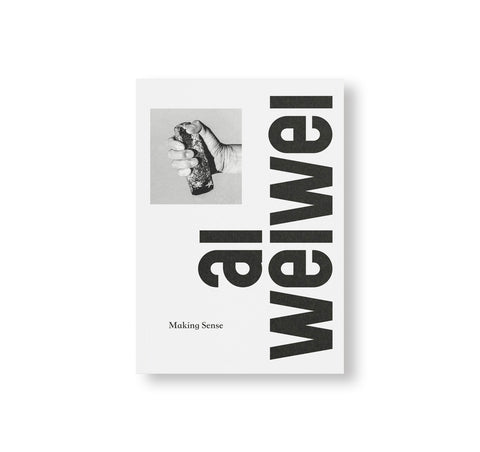TREES by Ai Weiwei
中国人現代美術家であり、キュレーター、建築家、文化評論家、社会評論家であるアイ・ウェイウェイ(艾 未未、Ai Weiwei)の作品集。2010年にテート・モダンのタービン・ホールを埋め尽くしたひまわりの種から、陶磁器で作った岩やスイカに至るまで、作者はいつも自然の中に発想を求めてきた。その中でも木々は、スピリチュアルなモチーフとして2009年から彼の作品に継続して登場している。木や鉄で作られた巨大な彫刻は全てアーティスト自身が中国各地を旅して集めたもので、様々なパーツを使って構成されている。これは乾燥した木のかけらを集めてその複雑な形について沈思黙考するという伝統的なアジアの習慣に倣ったものである。また断片は、基本となる要素や、結合して全体を構成する最も基礎的な単位に意識を向けさせ、作者の作品において重要な役割を果たしている。ここでは、作者の世界観と同じくパーツの集合よりも全体が勝ることはなく、むしろ個々のパーツが平等に固有の重要性を持っている。平等を重視するこの傾向は、難民危機や言論の自由を出発点とした近作にもはっきりと現れている。鉄でできた木の根や幹は加工されていない自然な状態で提示されており、一見オーガニックな形に見えるが、近くから観察すると人工的なものであるとすぐにわかる。自然から生まれたのではなく人の手によって生みだされた作品は、それを取り囲む風景によって歪められている。そしてそれは産業化や近代化によって自らのルーツを失った社会を表し、進歩というものがいかに文化や社会の幸福の犠牲のもとに成り立っているのかを示している。素材に元から備わっている機能や価値を取り除いて新しい意味を吹き込み、新しい観点からそれらを見つめ直さざるを得なくするのである。
Natural objects – from the sunflower seeds that carpeted Tate Modern’s Turbine Hall in 2010 to his series of porcelain rocks and watermelons – have been an ongoing source of inspiration for Ai Weiwei, with trees recurring as a spiritual motif in his work since 2009. These monumental wooden or iron multipartite sculptures are all composites of different parts of different trees gathered by the artist from various parts of China in reference to the ancient Asian tradition of collecting dry fragments of trees for contemplation of their complex forms. Fragments also play an important part in Ai Weiwei’s work as they force attention on foundational elements and the most basic units that combine to create a whole. Here, in line with the artist’s worldview, the whole is not greater than the sum of its parts but rather each individual part is equal and of unique importance. This focus on equality is evidenced in recent projects by the artist that take as their starting point the refugee crisis and challenges to freedom of speech. The iron roots and tree trunks are presented in a natural, untreated state, appearing at first glance as organic forms, yet upon closer inspection, reveal their artificiality. Not born of nature but made by human hands, the works, contorted by the surrounding landscape, represent a society uprooted by industrialisation and modernisation, illustrating how progress can often come at the expense of cultural and societal well-being. By eliminating their original function and value, Ai Weiwei imbues the objects with new meaning and forces us to confront them in a new light.
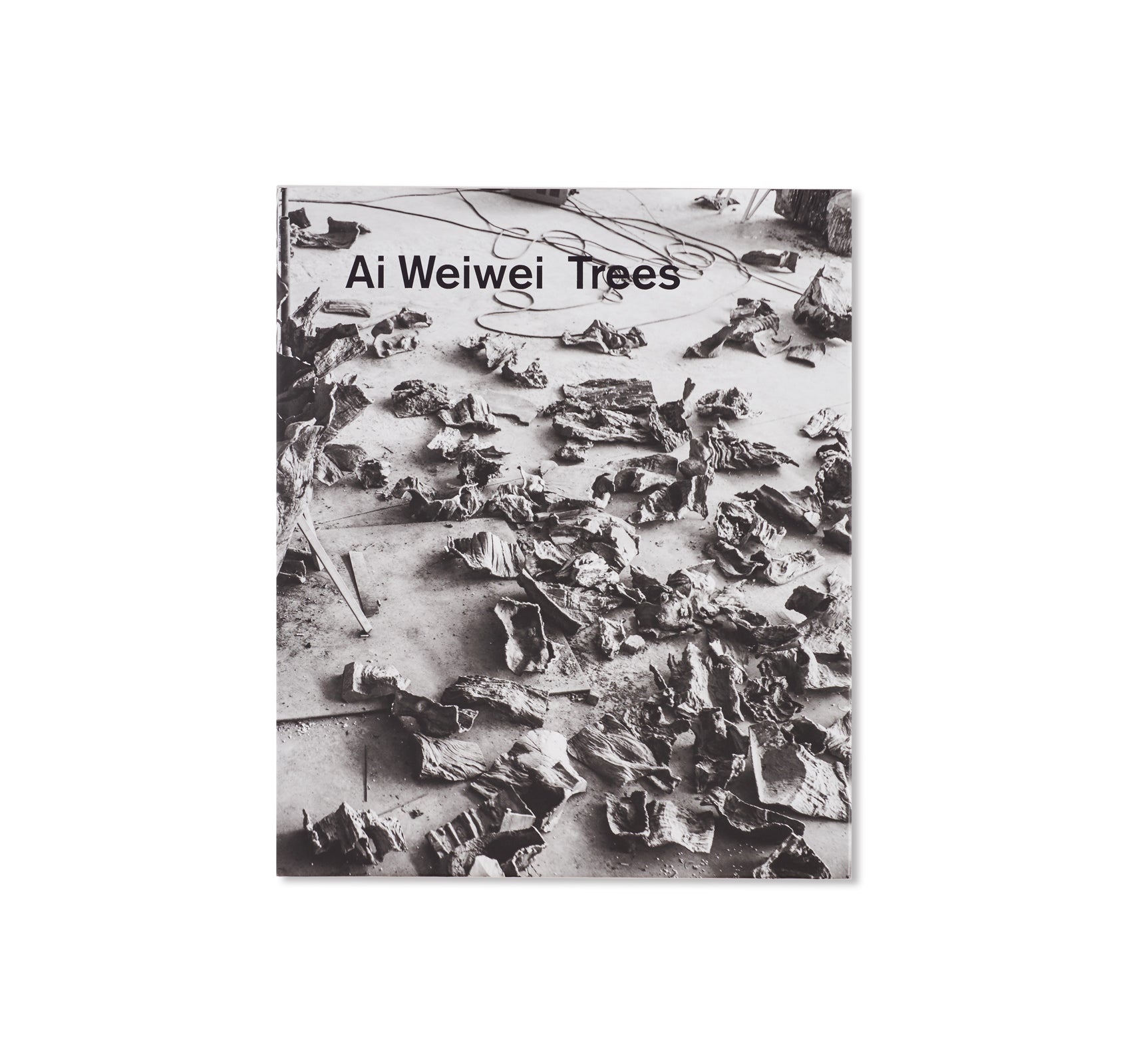
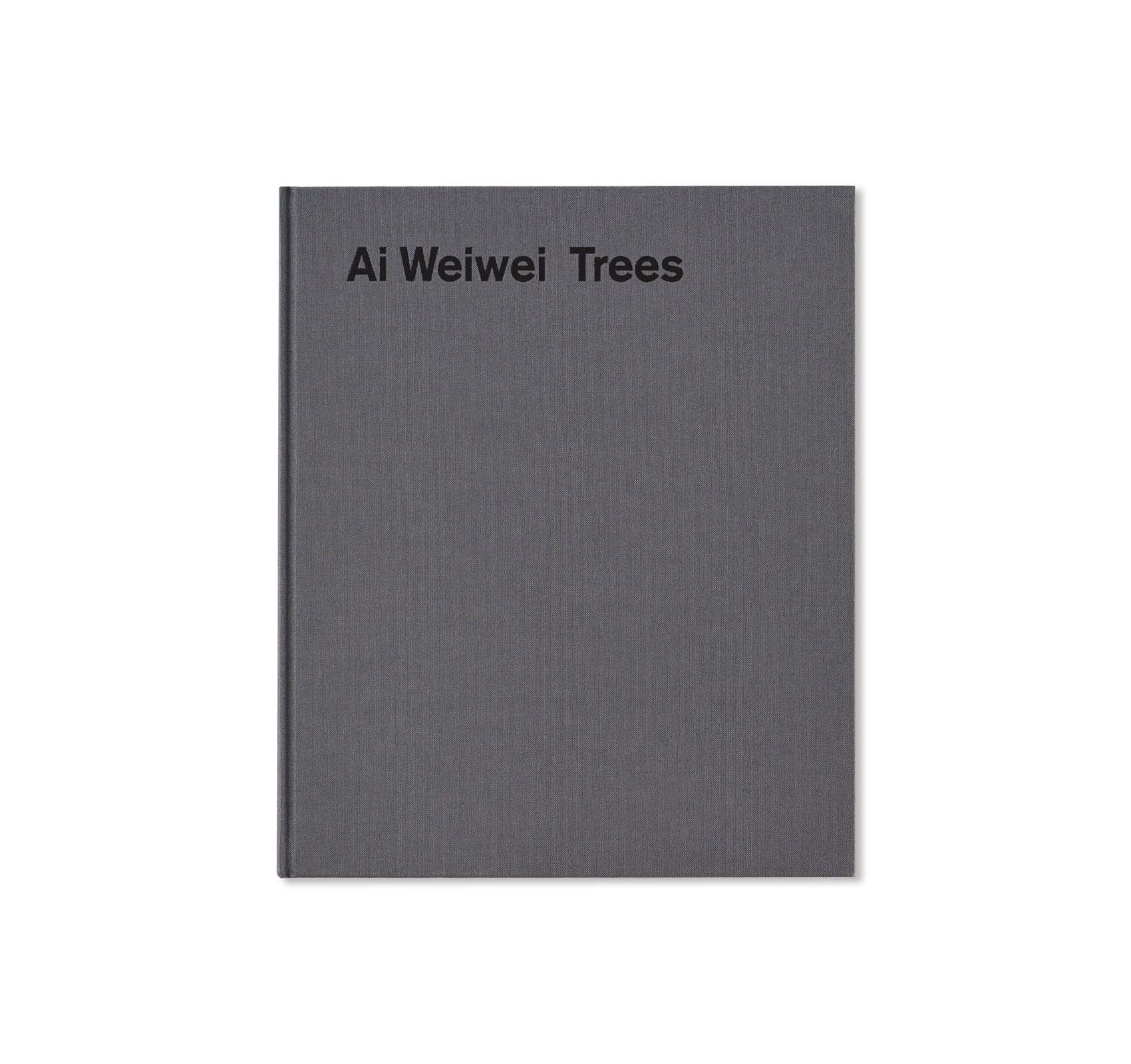
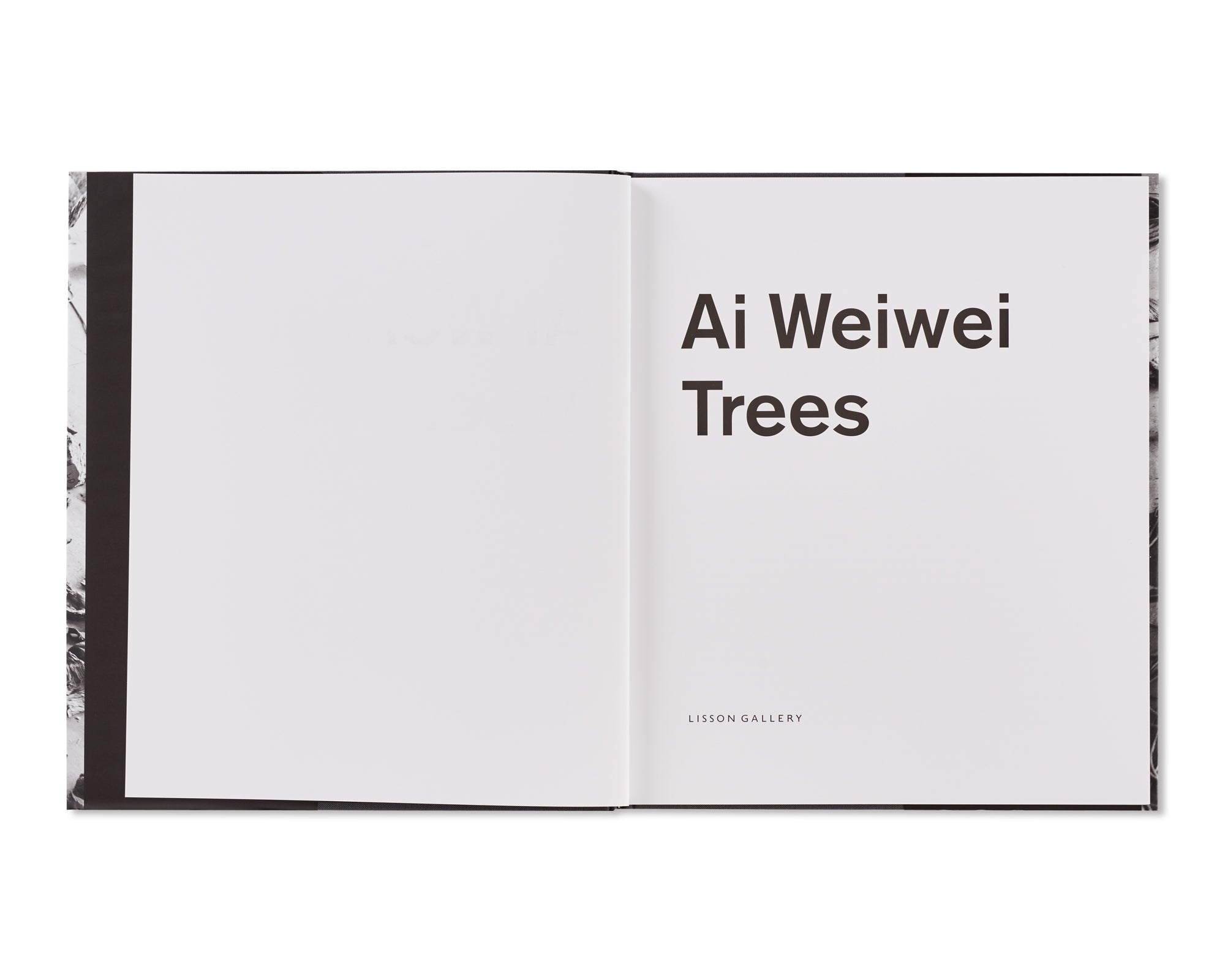
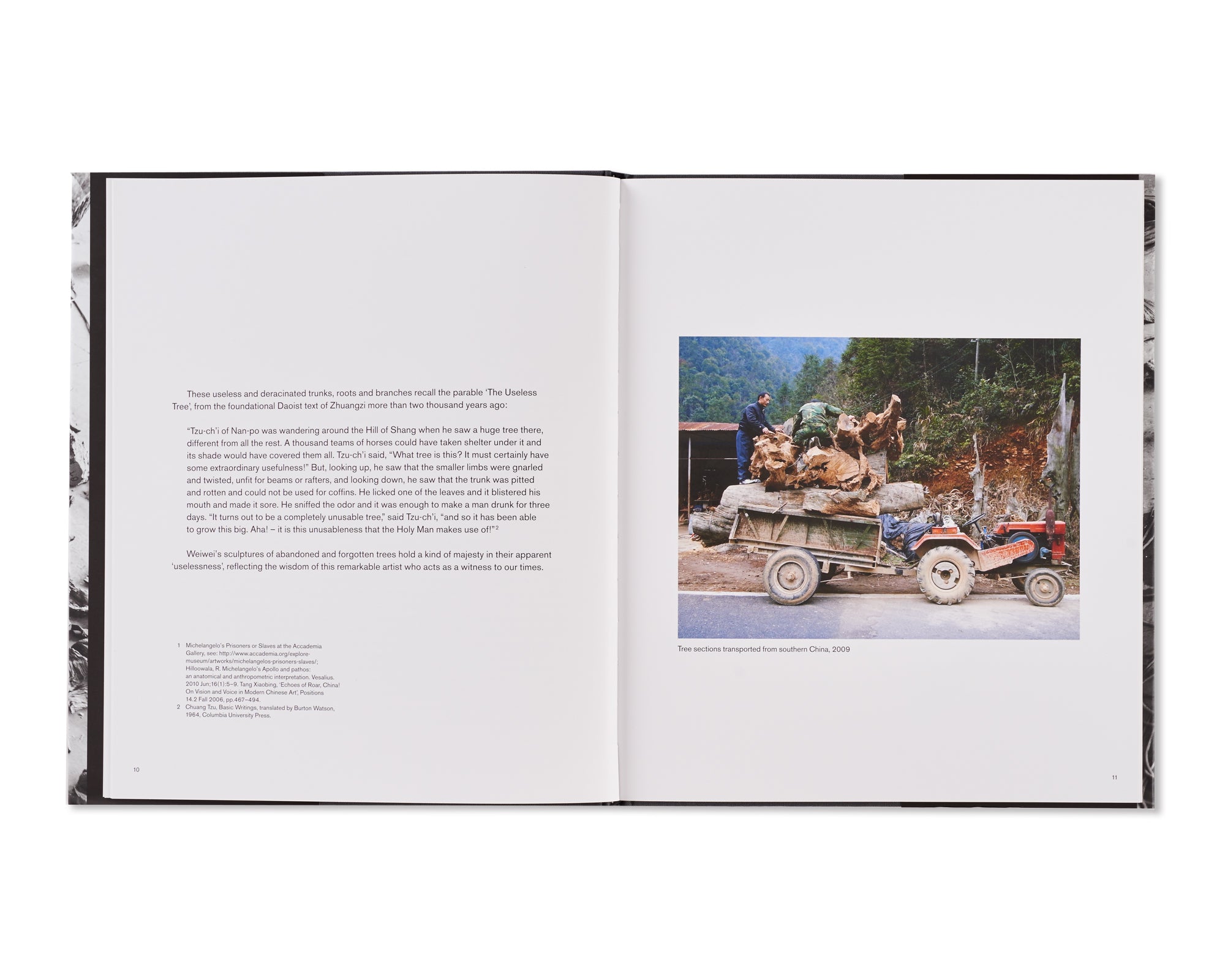
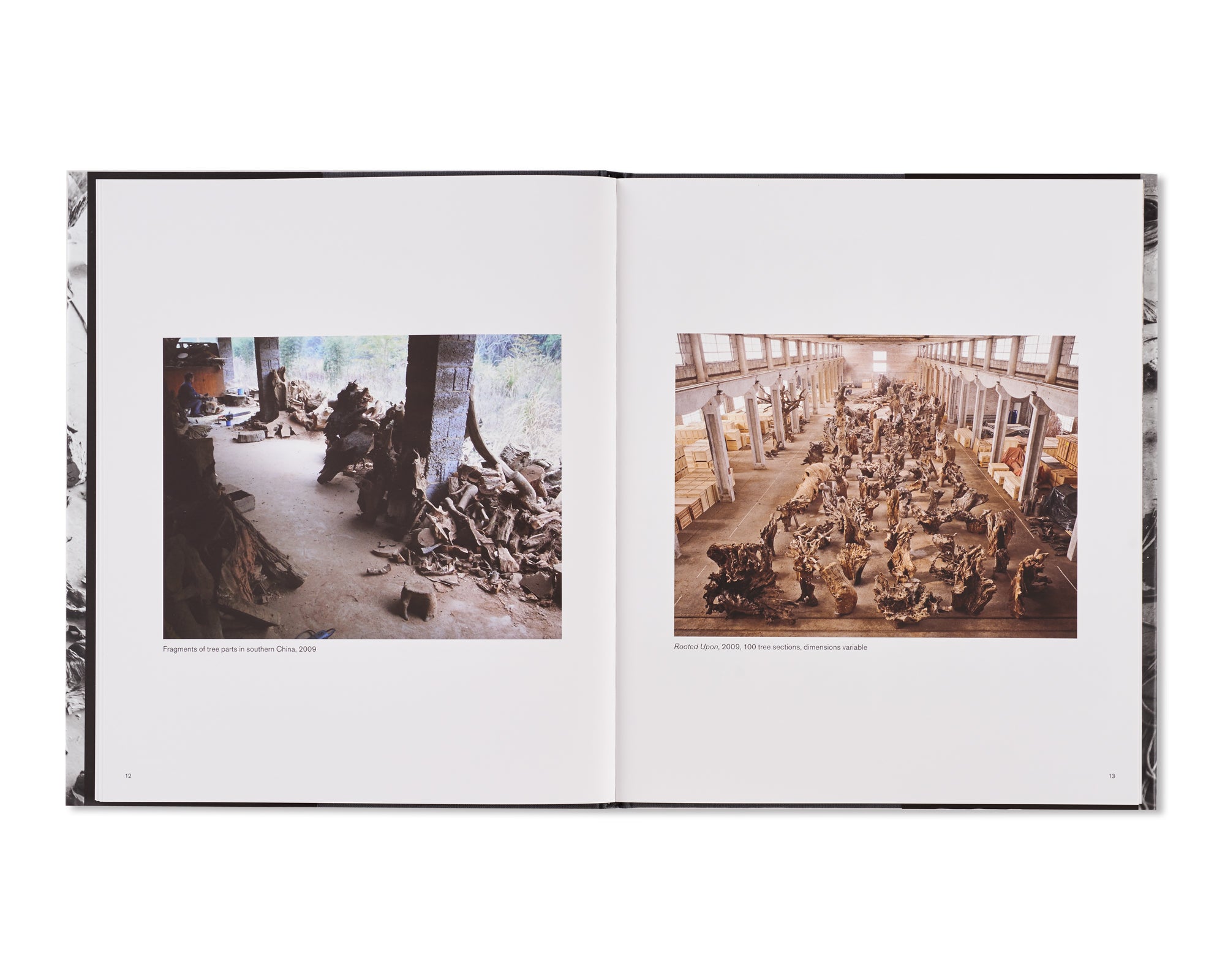
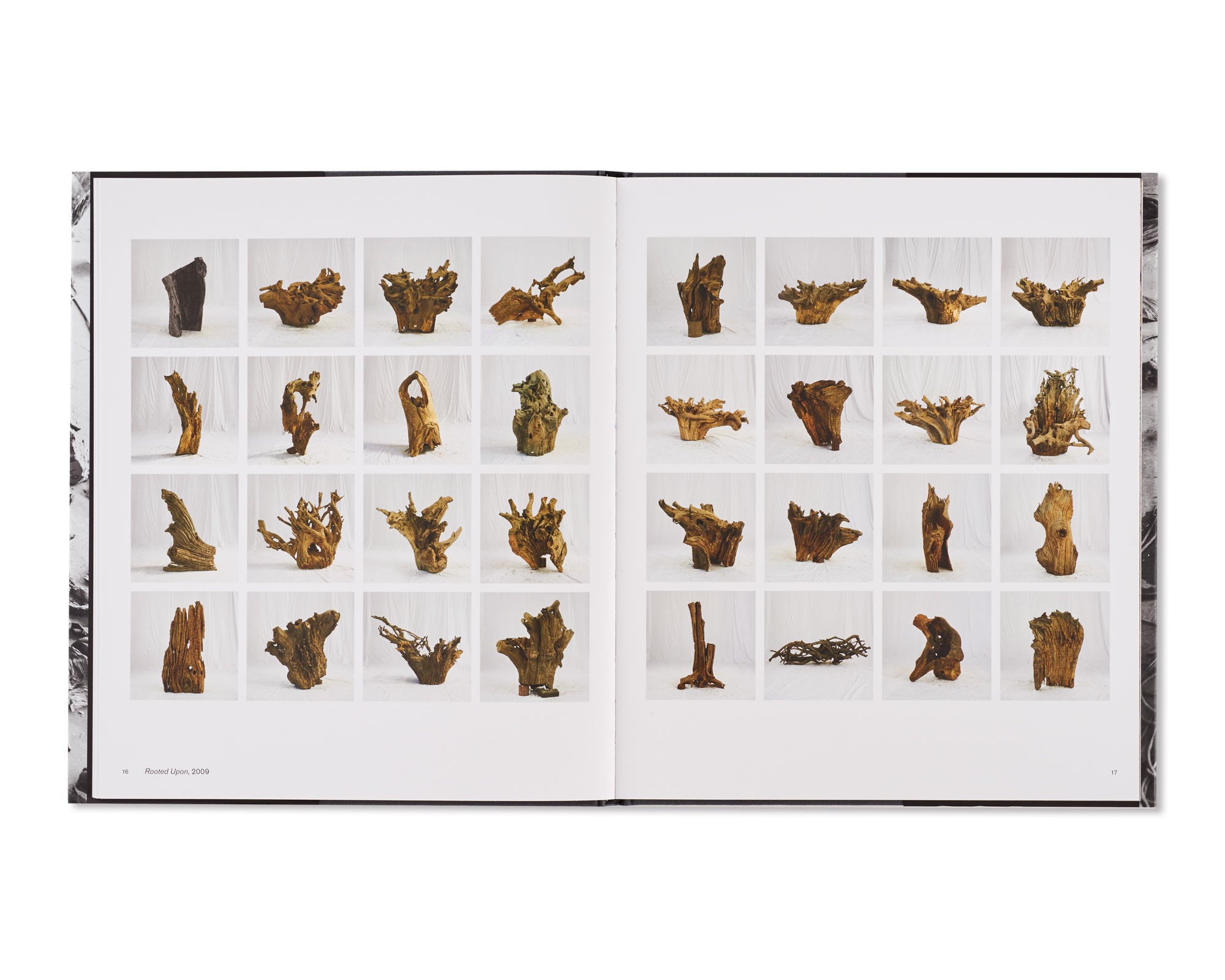
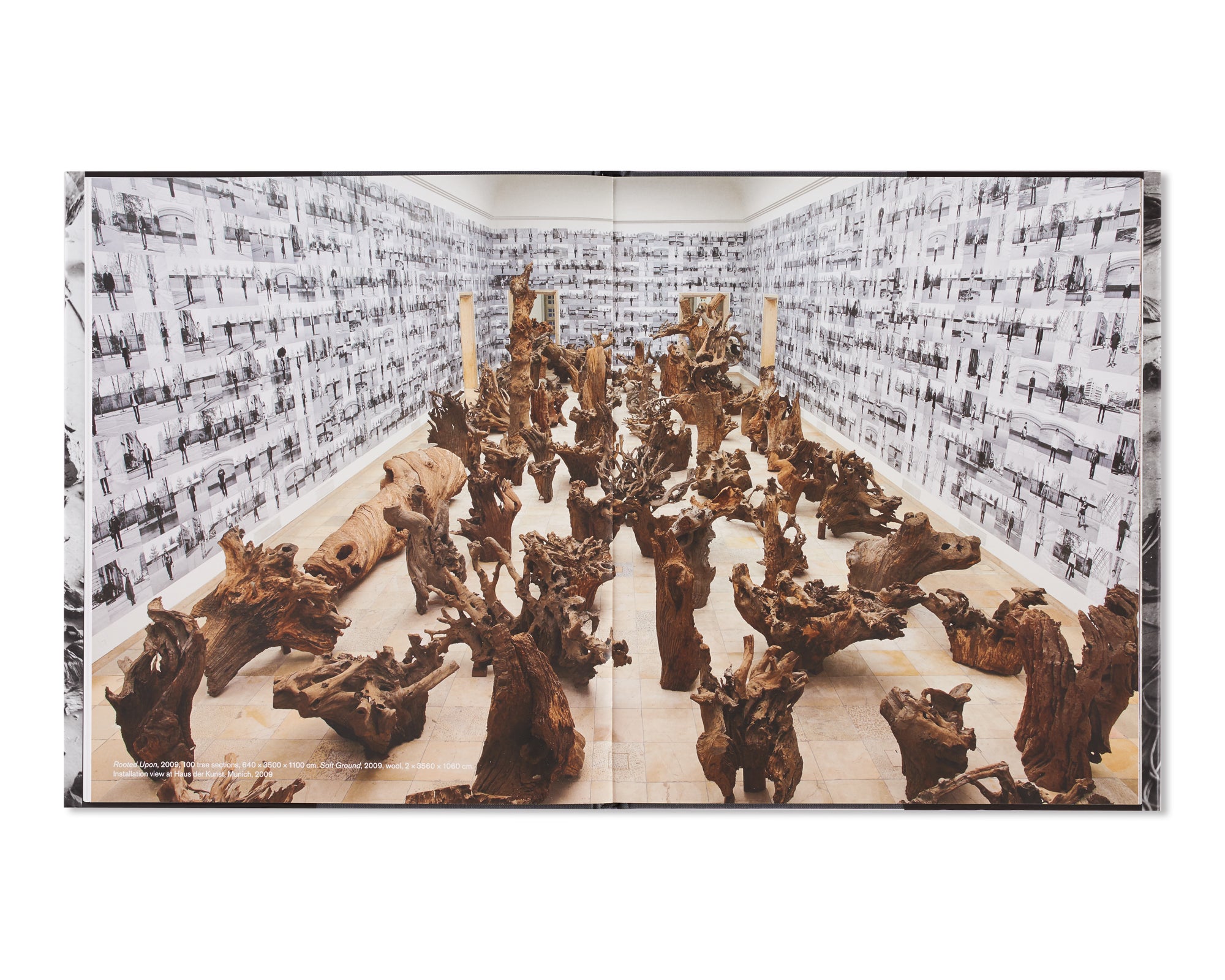
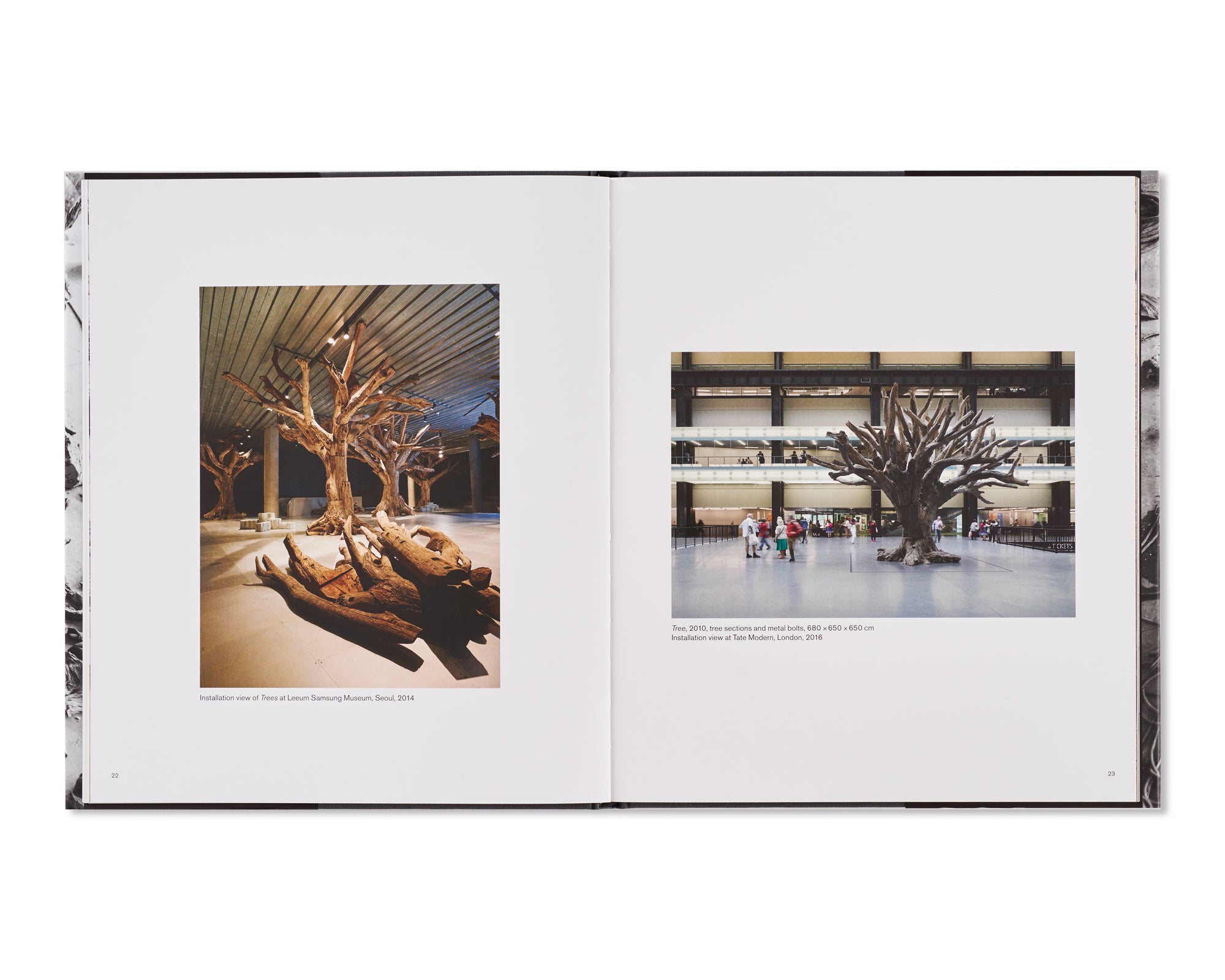
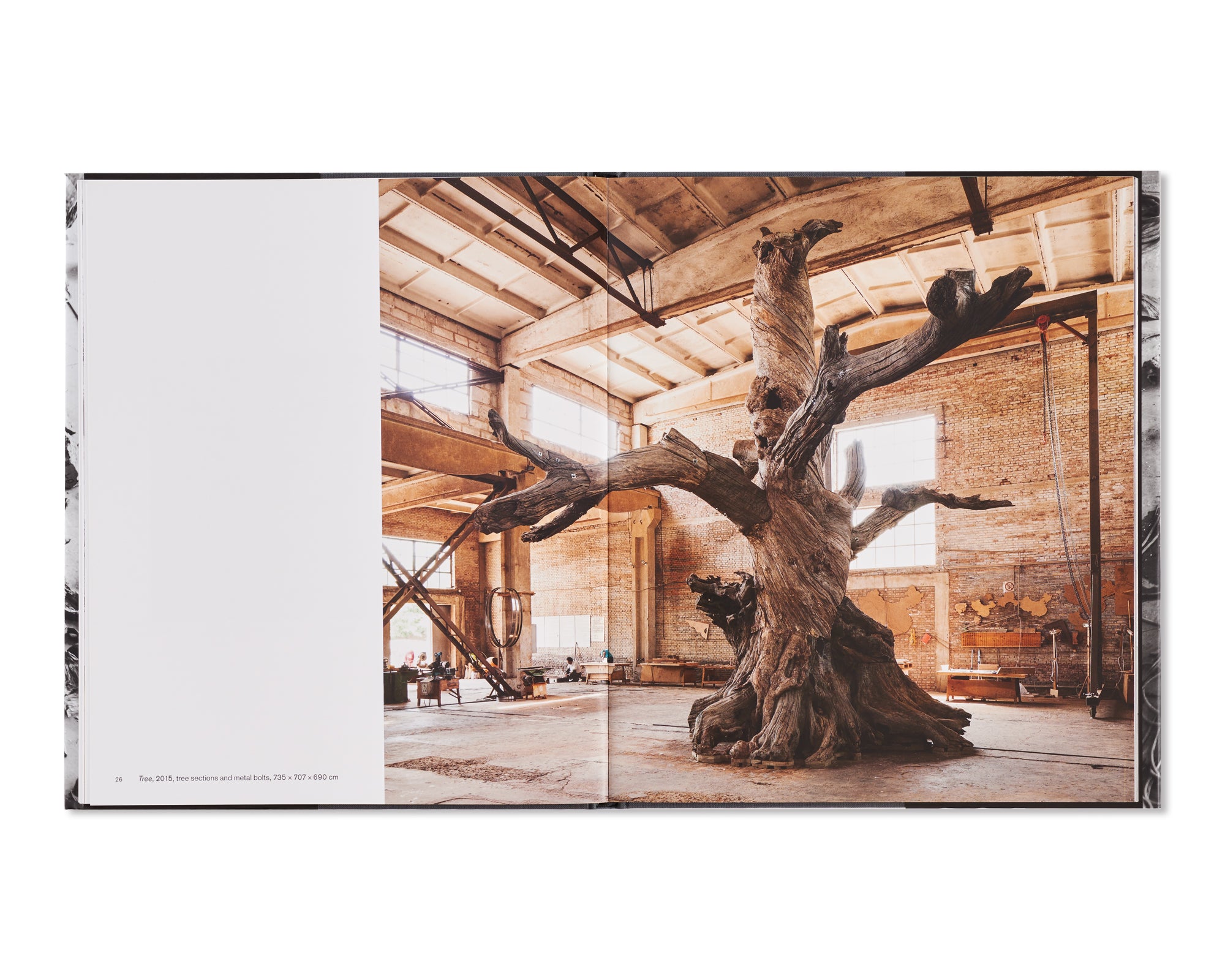
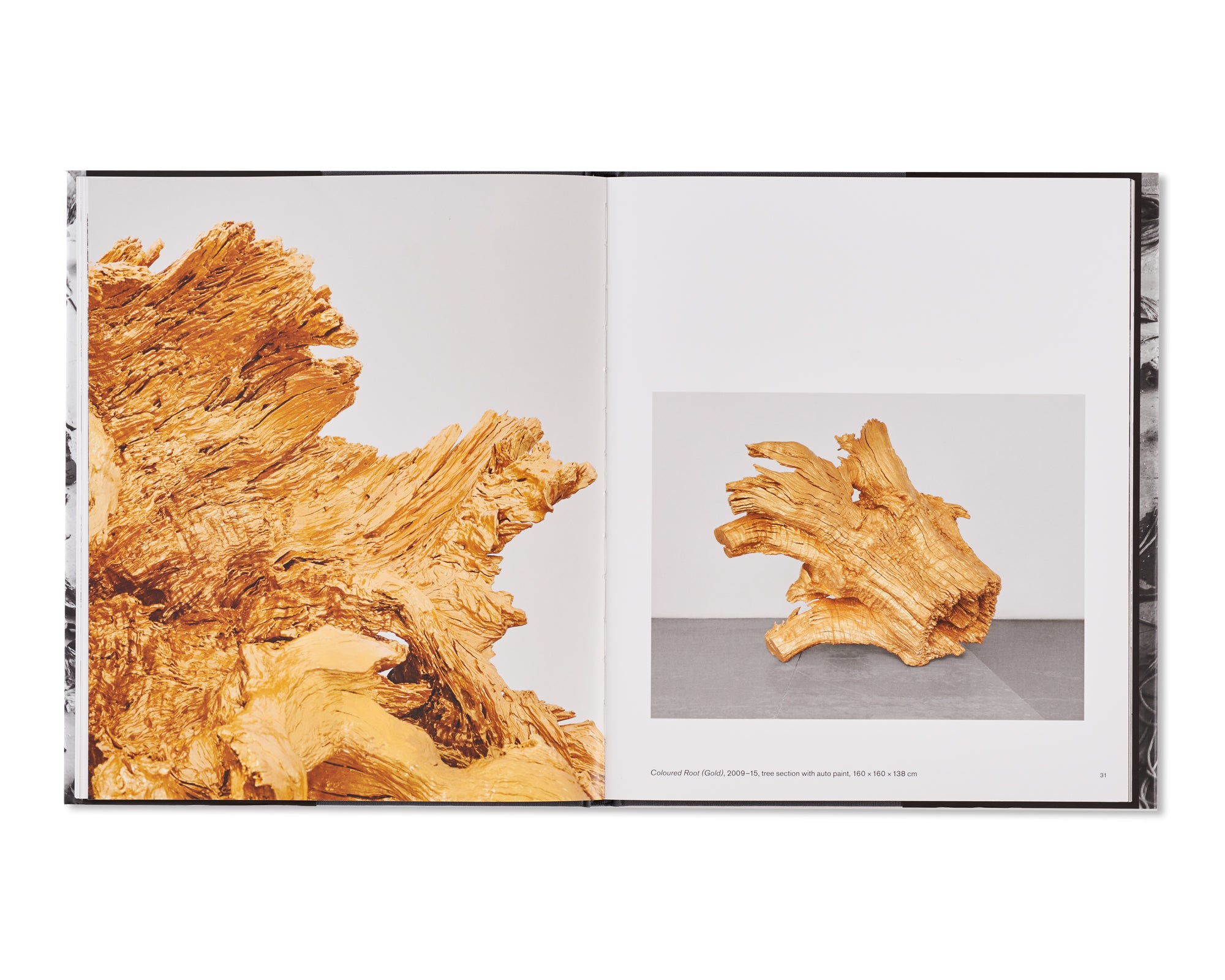
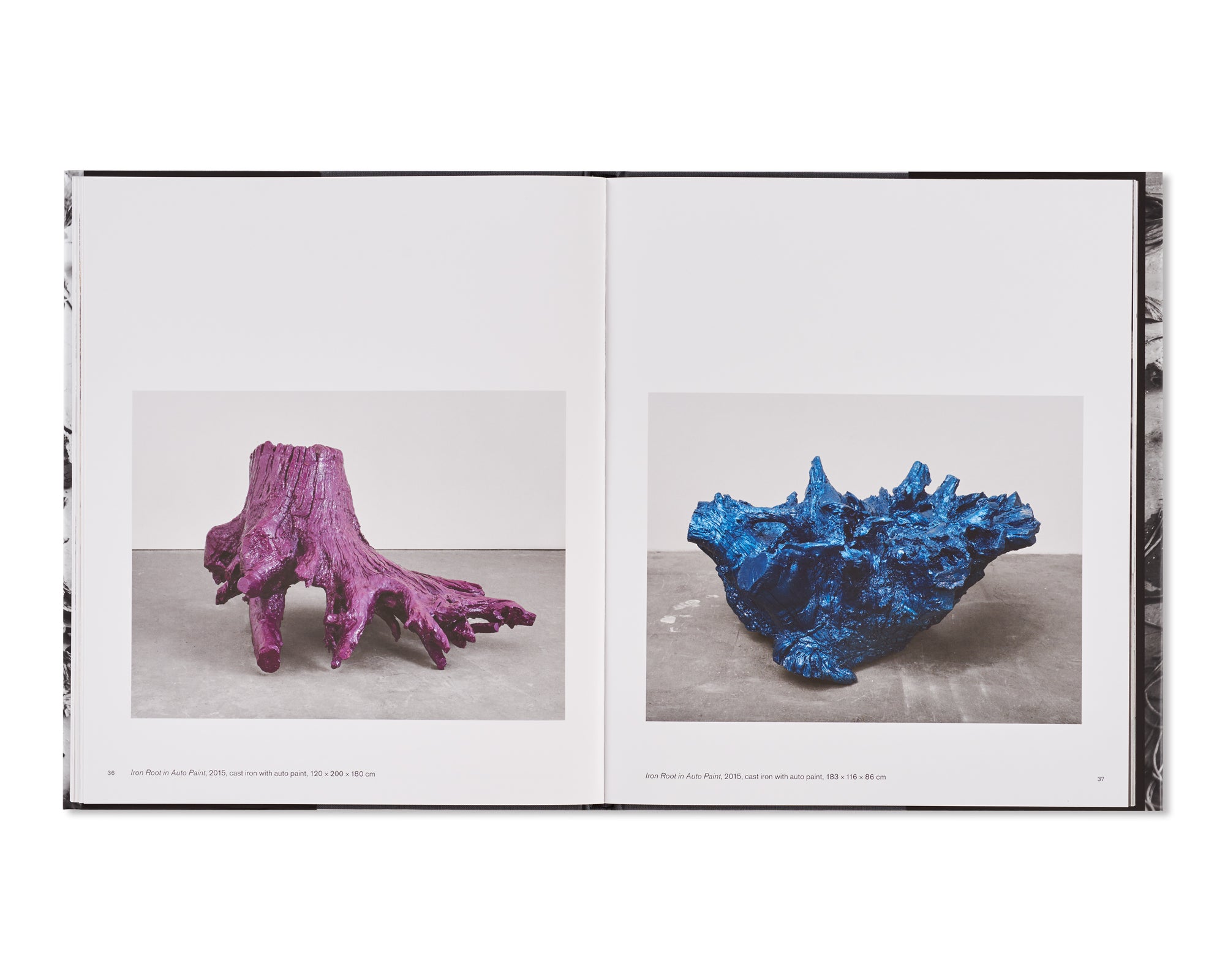
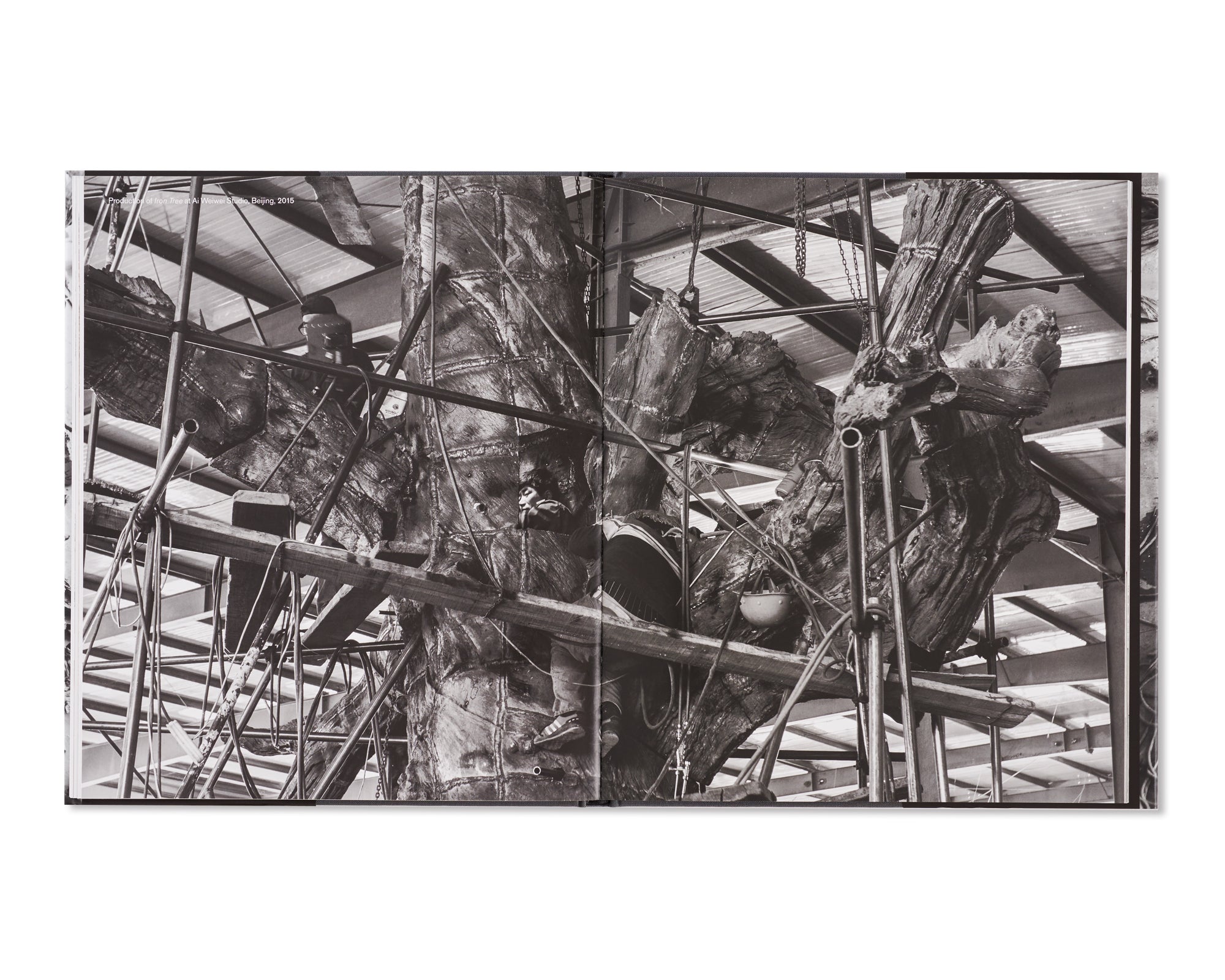
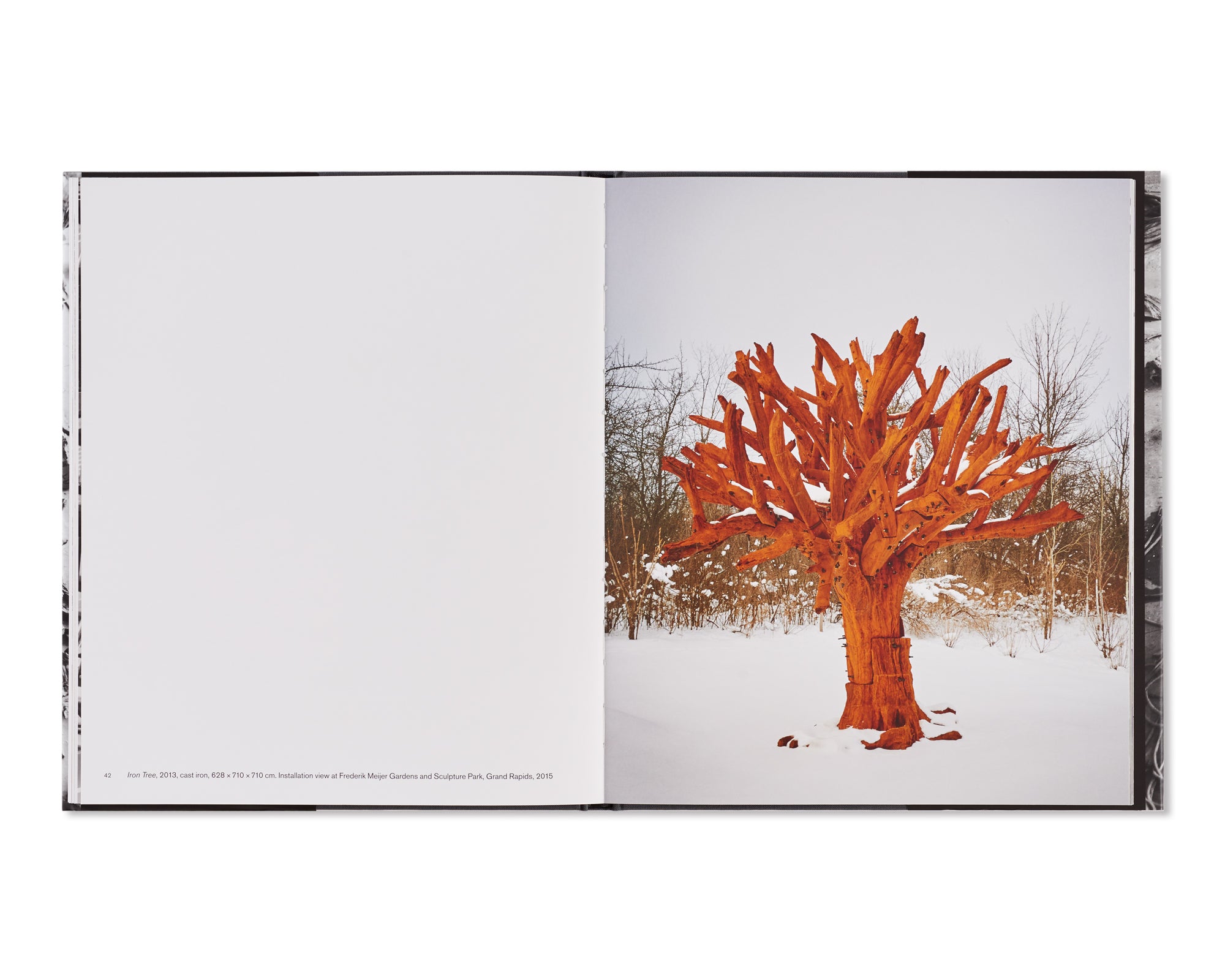
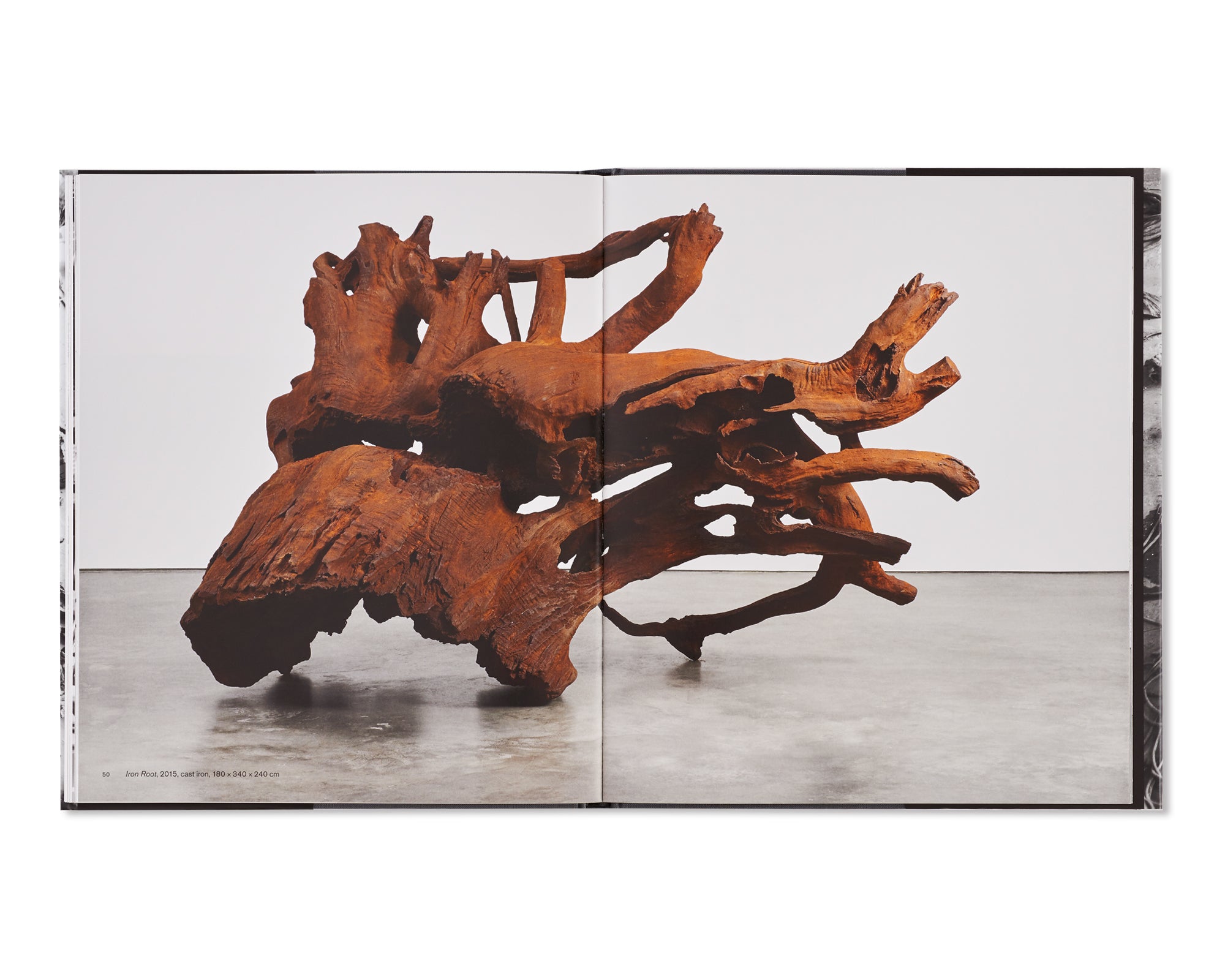
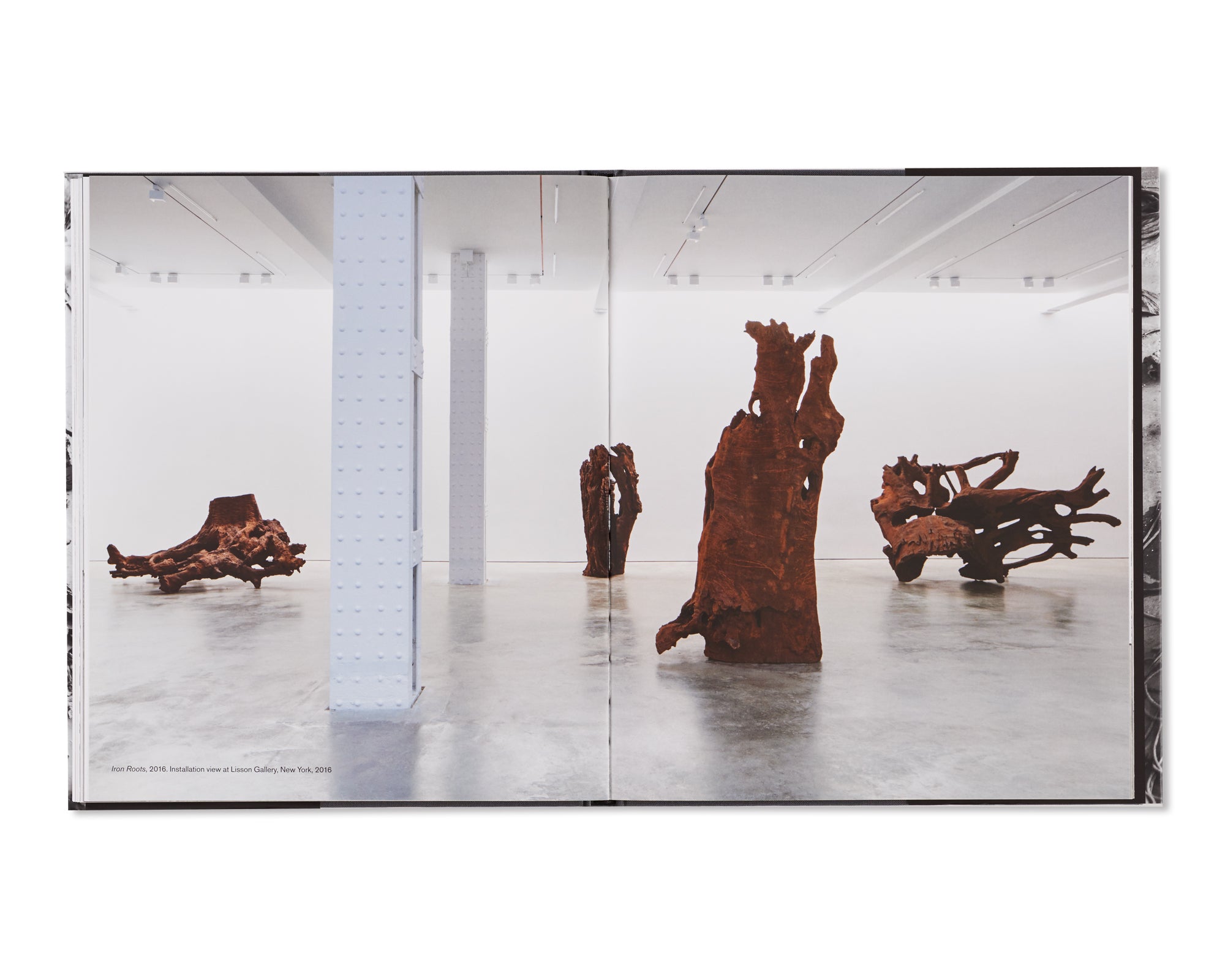
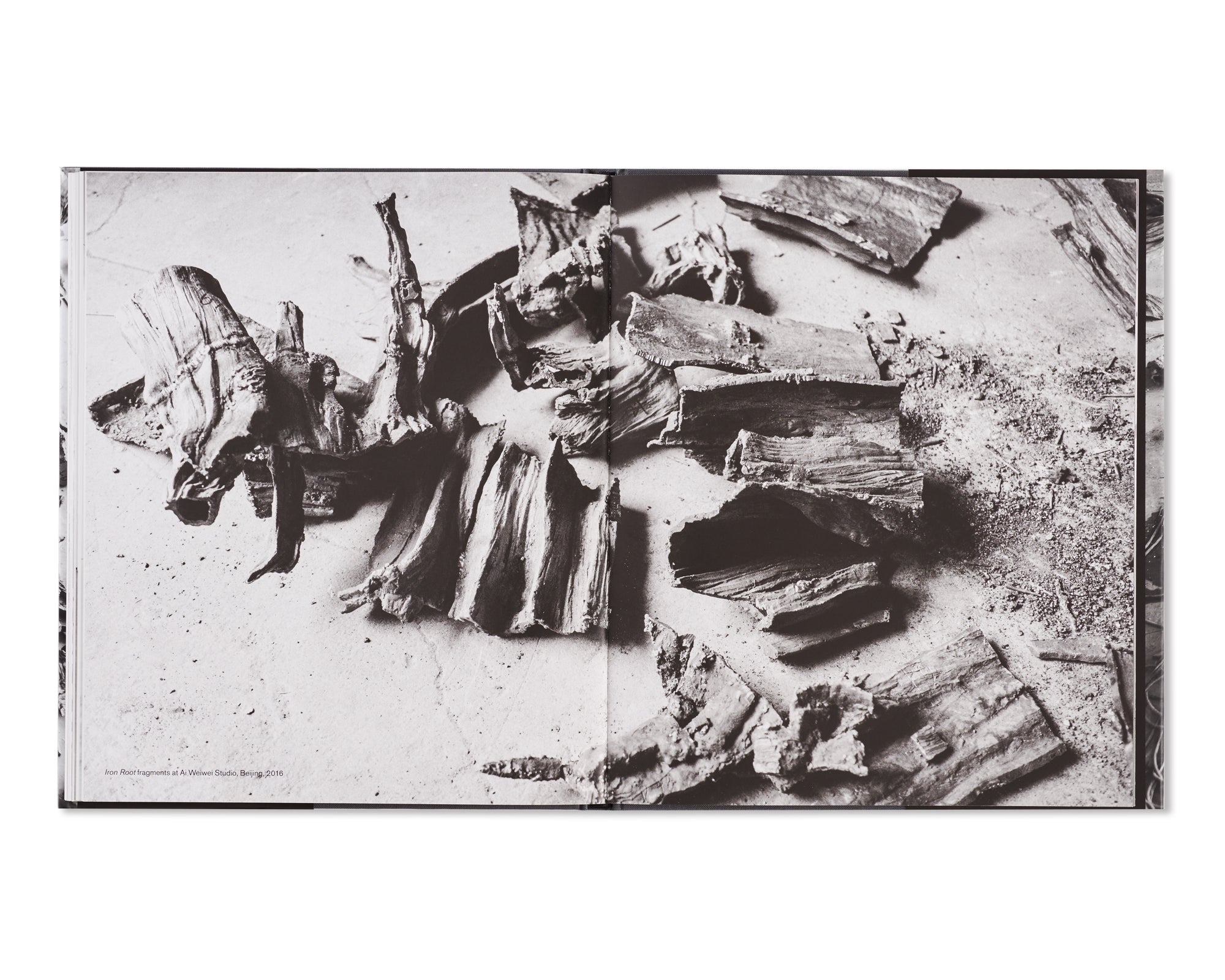
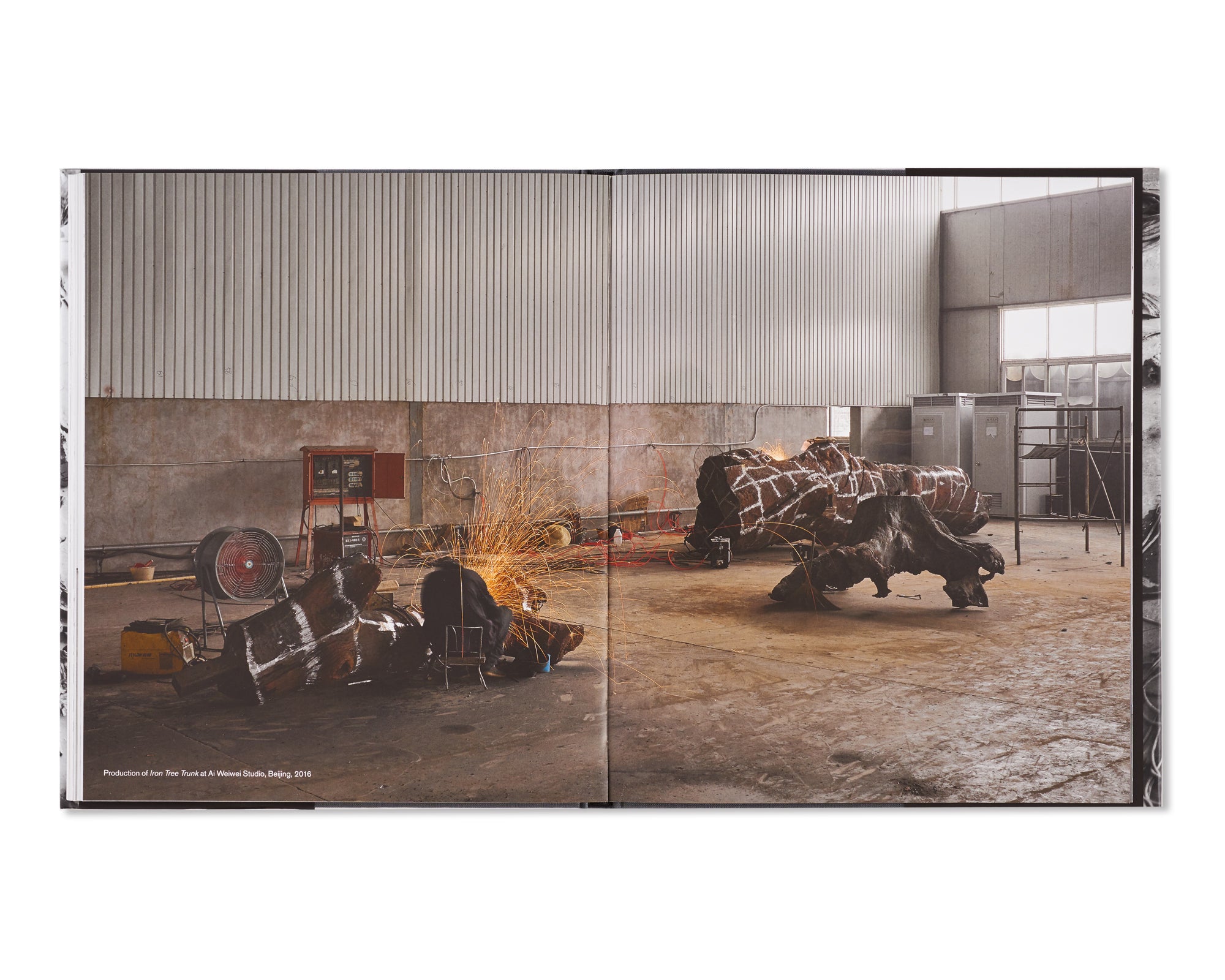
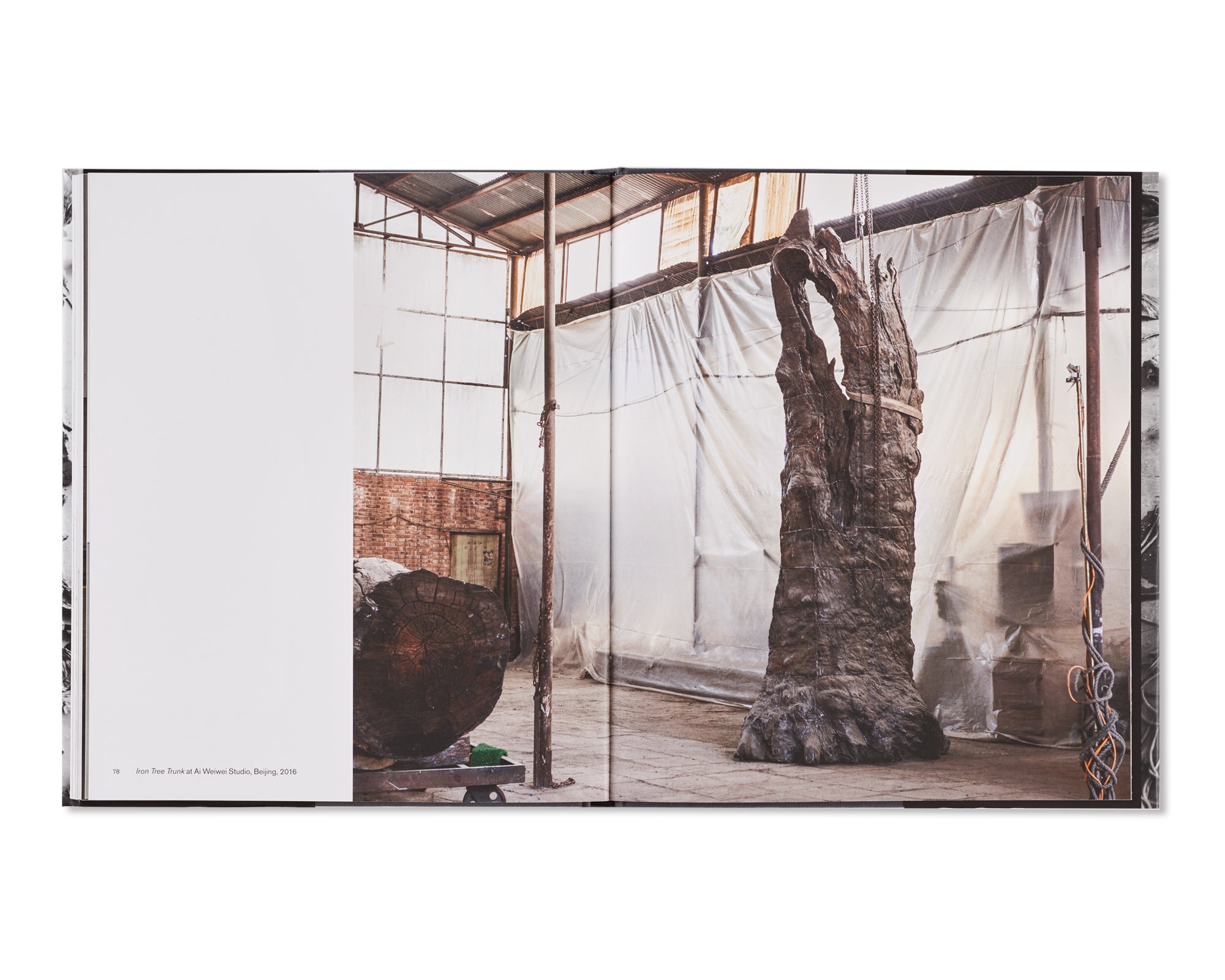
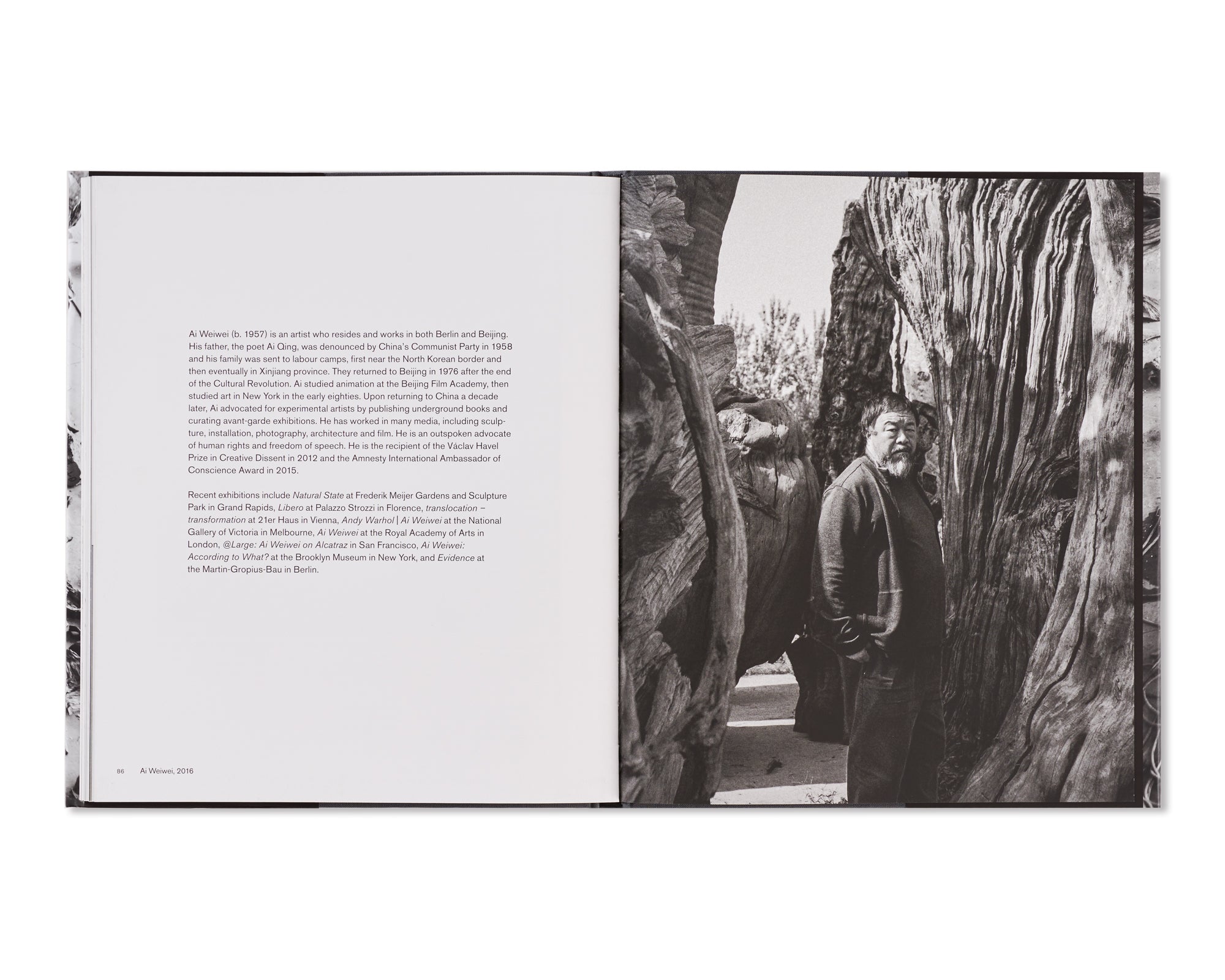
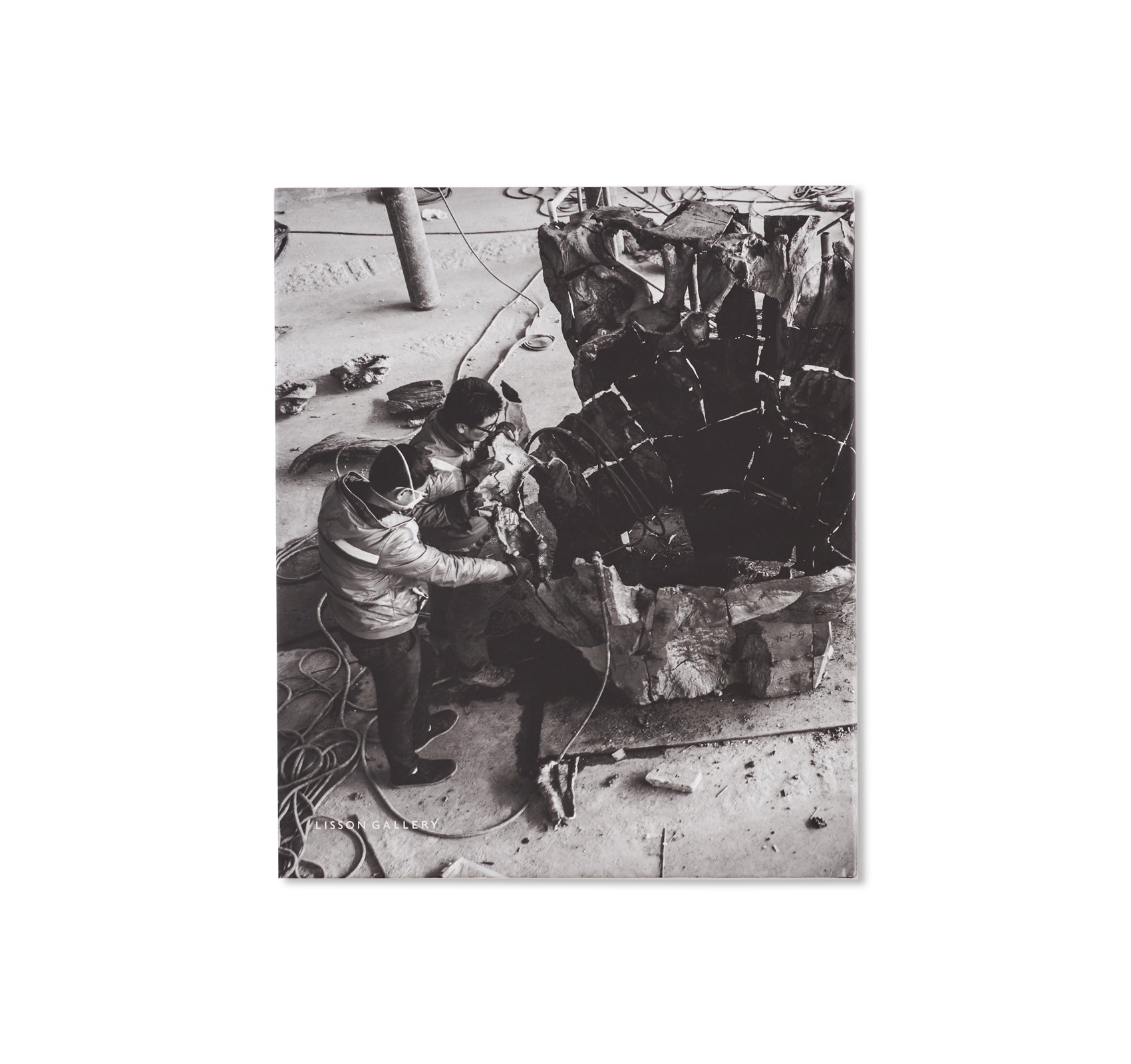
![ARTIST | WORK | LISSON by Ai Weiwei [SPECIAL DIGITAL EDITION]](http://twelve-books.com/cdn/shop/products/weiw_large.jpg?v=1627314053)
